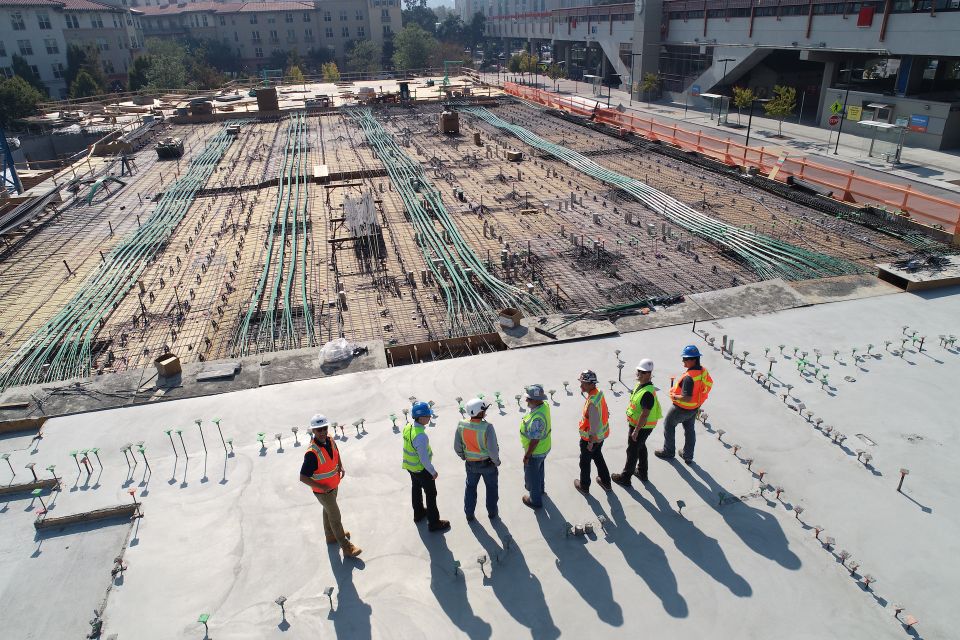A crucial element of successful construction projects is the effective management of soil moisture levels. Soil dry down, the process of removing excess moisture from the soil to achieve optimal compaction and stability, is essential for ensuring the safety and longevity of structures built on that soil. Understanding and addressing the factors that impact the effectiveness of soil dry down is vital for construction professionals looking to achieve the best possible results.
In this article, we will explore the top factors that contribute to a successful soil dry down process, discussing how these factors can affect the overall quality and stability of your construction project. Whether you are a seasoned professional or new to the world of soil management, this list will provide valuable insights to help you navigate the challenges and complexities of soil dry down. Join us as we delve into the essential factors to consider for effective soil dry down, ensuring your project's success and longevity.
Top 7 Factors to Consider for Effective Soil Dry Down
1. Soil Types and CharacteristicsDifferent types of soils exhibit unique characteristics, such as texture, porosity, and moisture retention. These properties greatly impact how a soil dries and compacts. For example, clay soils have small particles and tend to retain more moisture than well-draining sandy soils. It is essential to understand the specific characteristics of the soil you're working with in order to adjust your soil dry down strategy accordingly. A thorough geotechnical investigation can provide valuable information about your project's soil composition and help guide your dry down process.
2. Initial Soil Moisture ContentThe initial moisture content of the soil plays a significant role in determining the required dry downtime and effort. Soils with high initial moisture content can take longer to dry and may require additional resources, such as mechanical equipment or specialized drying agents. Measuring the initial moisture content using field tests or laboratory analysis can give you a baseline to start the dry down process and help track your progress throughout the project.
3. Weather ConditionsThe weather greatly influences the soil dry down process. Dry, sunny, and windy conditions promote evaporation, allowing the soil to dry faster. On the other hand, high humidity, rain, or freezing temperatures can impede the drying process and even increase soil moisture levels. Keeping a close eye on weather forecasts and adapting your soil dry down strategy based on temperature, humidity, and precipitation can improve the overall efficiency of the process.
4. Drying Methods and EquipmentThe choice of drying methods and equipment significantly impacts the effectiveness of soil dry down. Common methods include sun and wind exposure, mechanical aeration, heating, and the use of drying agents like lime or cement. Each method has its advantages and limitations, and the selection should consider factors like soil type, moisture content, project budget, and time constraints. Combining multiple methods or using specialized drying equipment can enhance the efficiency and effectiveness of soil dry down.
5. Compaction RequirementsCompaction is a critical element of soil dry down, as it helps achieve the required soil density and stability. The ideal moisture content for compaction, known as the Optimum Moisture Content (OMC), is determined by the type of soil and the compaction method employed. Reaching the OMC is crucial for ensuring the long-term performance and stability of the construction project. Monitoring moisture content throughout the dry down process and adjusting your strategy to achieve the desired compaction is a vital step in successful soil dry down.
6. Monitoring ProgressRegular monitoring of the soil dry down process is essential to track progress and adjust your approach as needed. This monitoring may include visual inspections, moisture content measurements, and density tests. By keeping a close eye on the soil's changing conditions, you can make informed decisions about the necessary adjustments to drying methods, equipment, or timelines to ensure the success of your soil dry down process.
7. Compliance with Regulations and StandardsVarious regulations and standards may influence your soil dry down process, including environmental, health and safety, and quality requirements. It is crucial to be aware of these regulations and ensure that your soil dry down process complies with all the applicable guidelines. Proper compliance not only ensures a safe and effective dry down process but also helps avoid potential penalties or delays in your project due to non-compliance.
Understanding and implementing these factors into your soil dry down process is key to the overall success and stability of your construction project. By taking these factors into account, construction professionals can effectively manage soil moisture levels and ensure the highest possible quality of compaction and performance. Regular monitoring, adjusting strategies, and compliance with regulations will further improve the overall efficiency and effectiveness of your soil dry down process and lead to a successful construction outcome.
Achieve Efficient Soil Dry Down with Terra-Firma Stabilization & ReclamationEffective soil dry down is a crucial aspect of successful construction projects, ensuring optimal compaction, stability, and overall performance. By understanding and addressing the seven factors outlined in this article, you can significantly enhance the effectiveness and efficiency of your soil dry down process.
Terra-Firma Stabilization & Reclamation is dedicated to providing comprehensive, tailor-made solutions for all your soil management needs, including soil dry down. Our team of highly skilled professionals possesses the necessary expertise, experience, and state-of-the-art equipment to help you navigate the intricacies of soil dry down and guide you through every step of the process.
Don't leave your project's success to chance – trust Terra-Firma Stabilization & Reclamation to be your partner in achieving the best possible
soil dry down outcomes. Contact us today to learn more about our wide range of soil management services and products, including soil dry down solutions that meet your project's specific requirements. Let Terra-Firma Stabilization & Reclamation help you achieve the highest quality results, ensuring the long-term success and stability of your construction projects.

